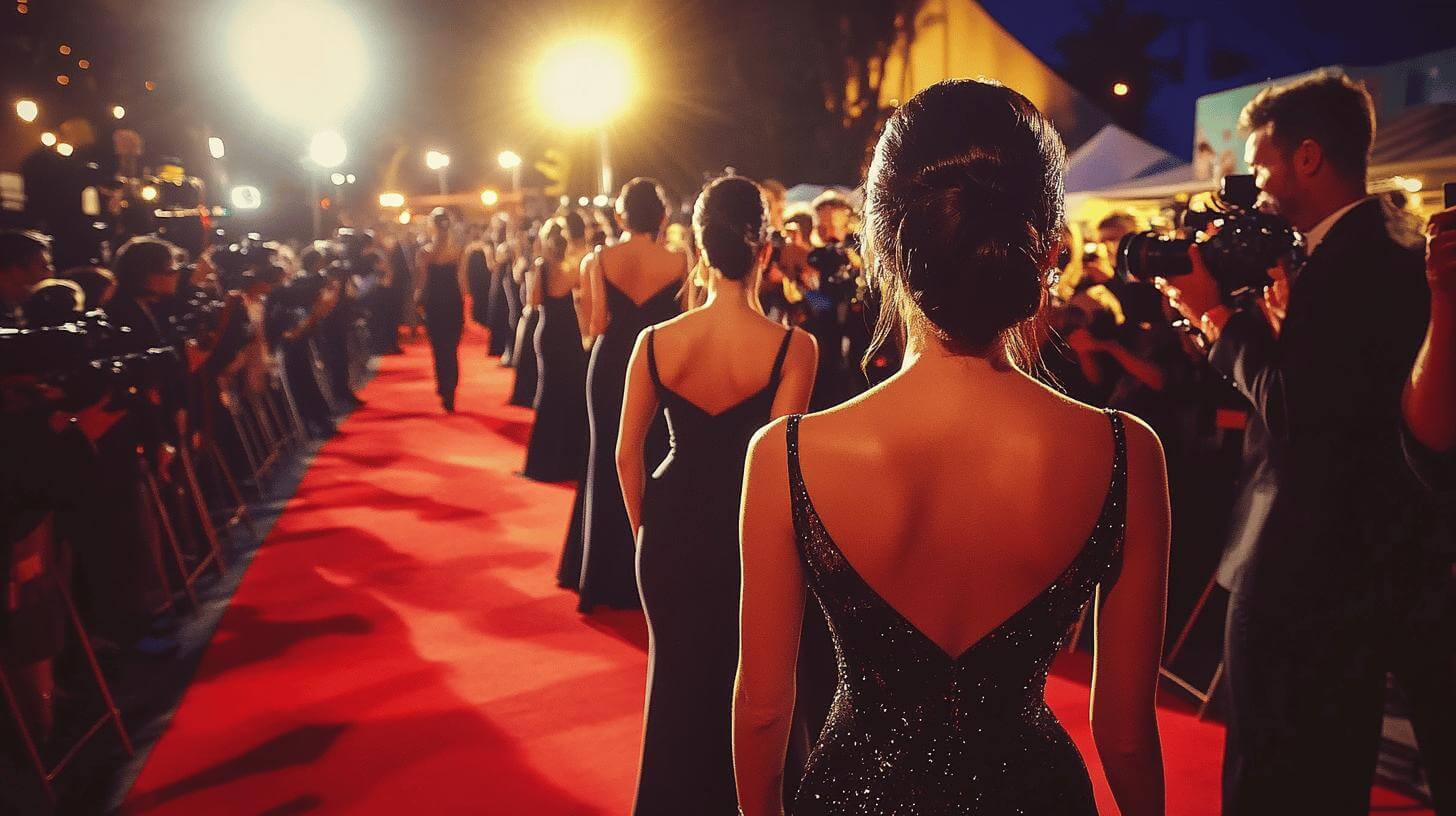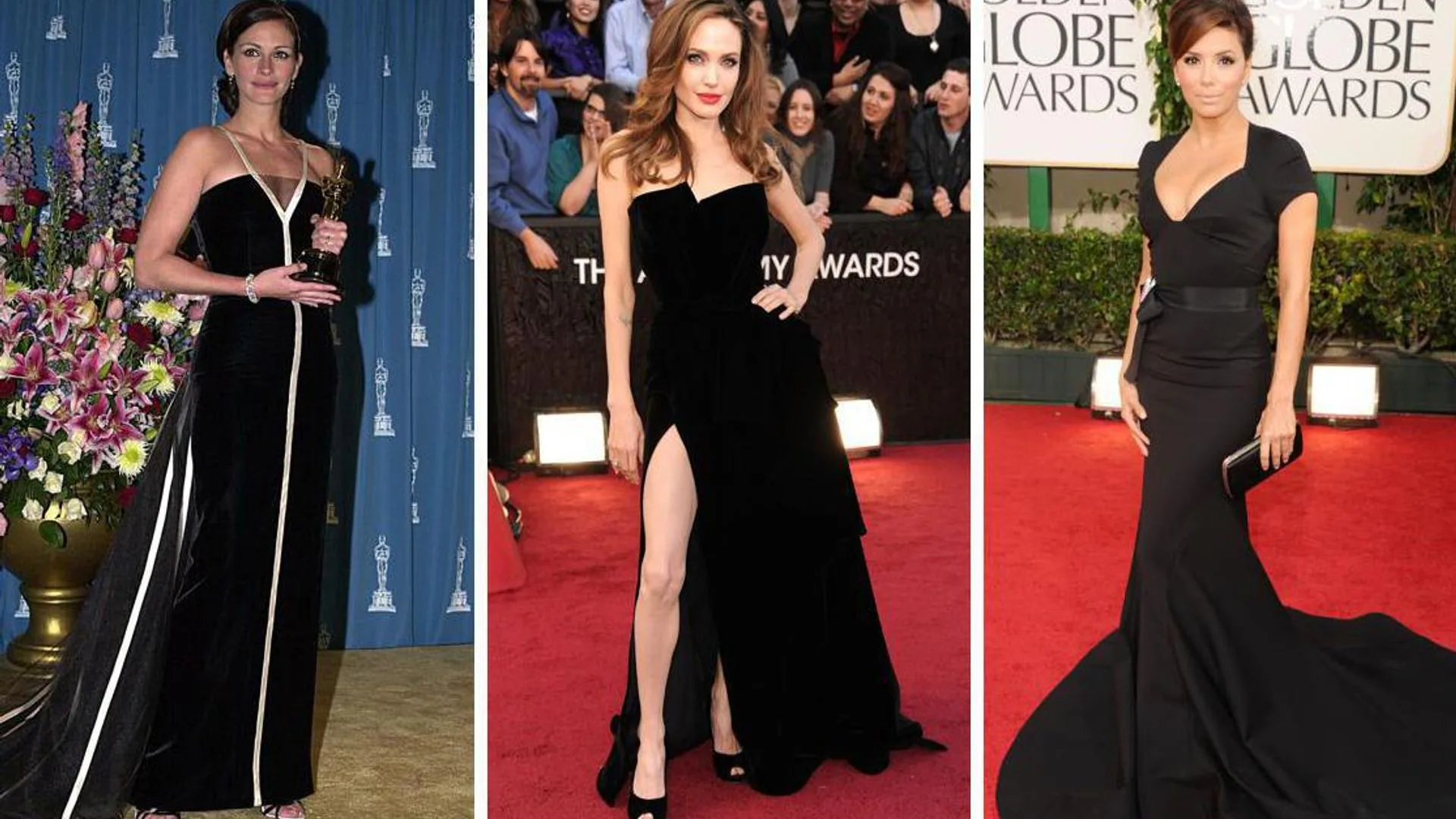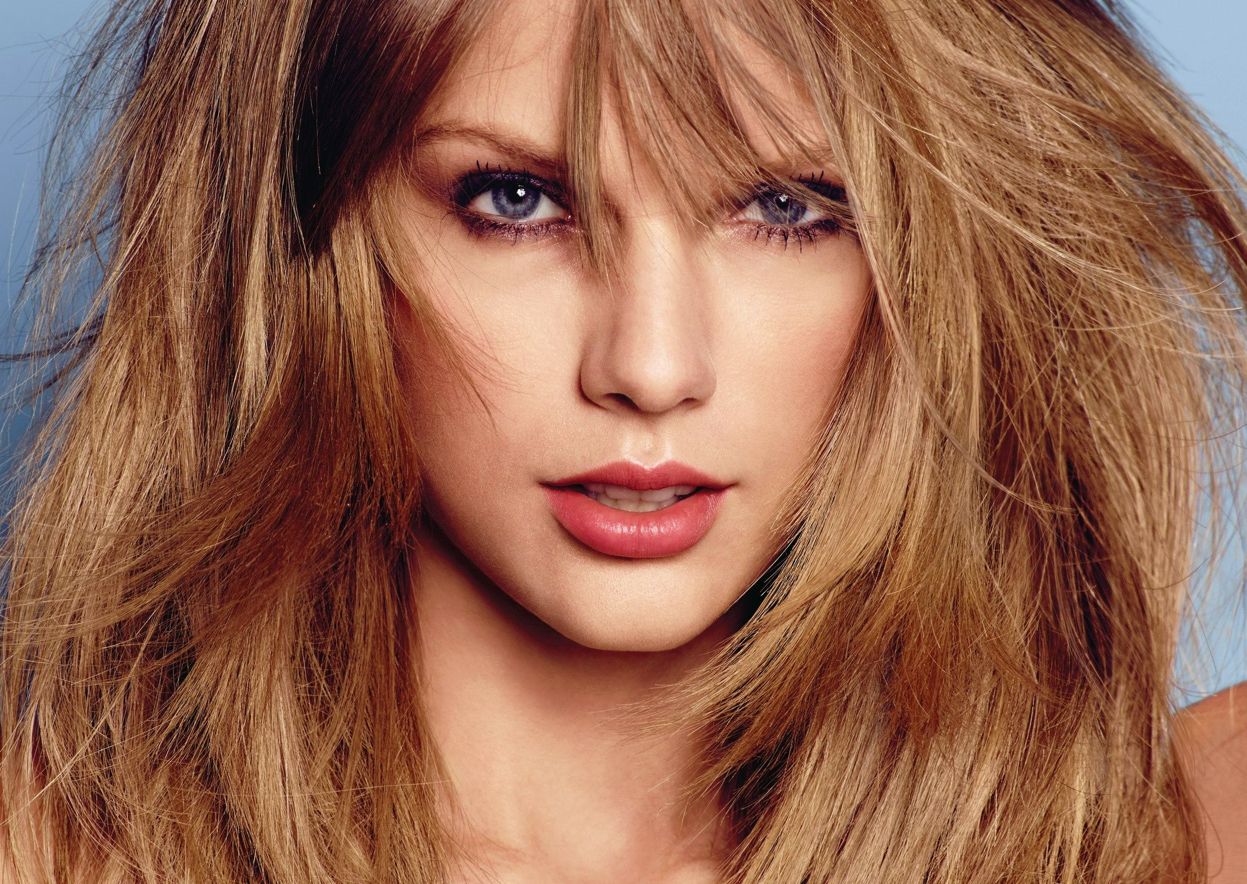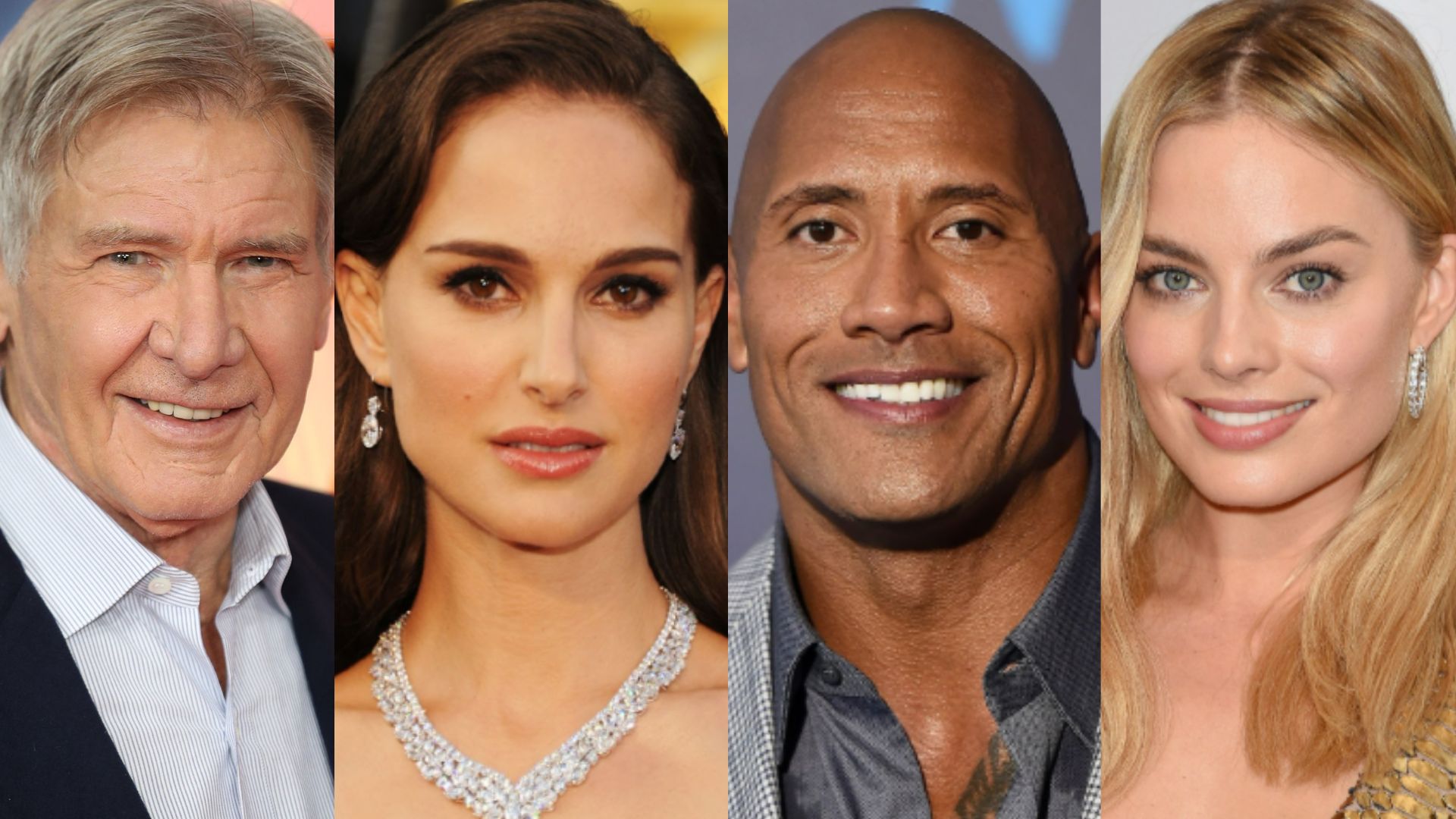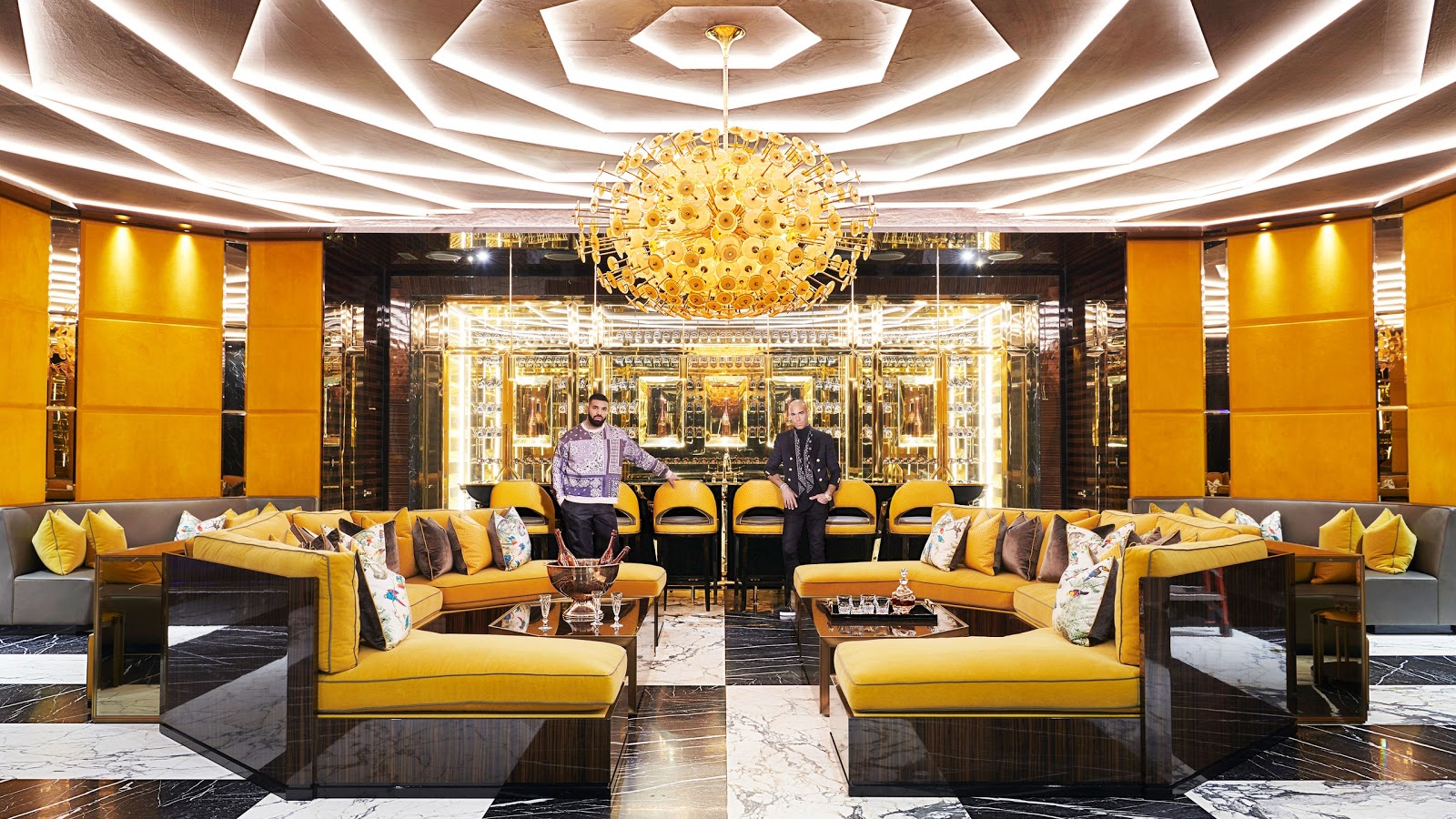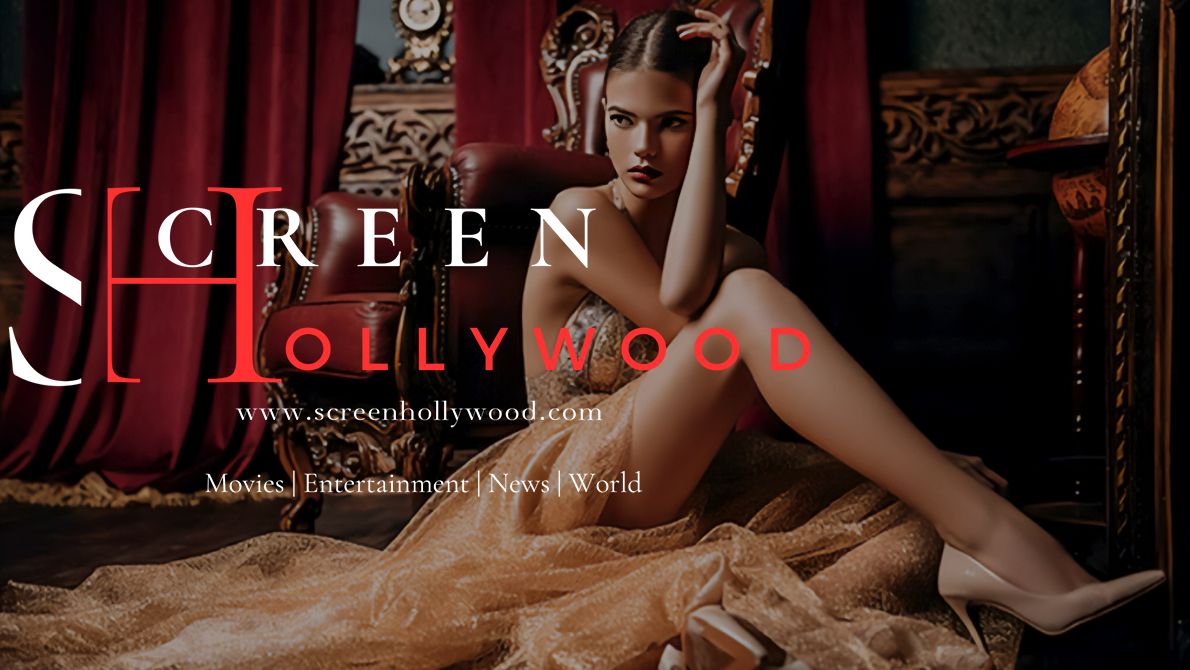Old Hollywood Glamour and Timeless Elegance
The Evolution of Red Carpet Fashion: From Classic Glamour to Bold Statements. The red carpet has long been more than just a place for celebrity photographs—it’s a symbol of style, status, and self-expression. In the early days of Hollywood, red carpet fashion was defined by classic glamour and understated elegance. Think Grace Kelly in her flowing gowns, Audrey Hepburn in her iconic Givenchy dress, and Elizabeth Taylor dripping in diamonds. The silhouettes of the 1950s and 60s emphasized sophistication, with nipped waists, full skirts, and elegant gloves. Designers like Christian Dior and Coco Chanel dominated the scene, and red carpet appearances were carefully curated to reflect the star’s public persona—regal, poised, and untouchable. This era built the foundation of red carpet fashion as we know it, setting a tone of high fashion and luxury that would evolve drastically in the decades to come.
The Rise of Designer Collaborations in the 1990s
As celebrity culture began to flourish in the 1990s, red carpet fashion took on a more strategic role. This was the era when designer and celebrity partnerships became powerful branding tools. Stars like Gwyneth Paltrow and Nicole Kidman were often seen in bespoke creations from the world’s most luxurious fashion houses, solidifying the red carpet as a marketing platform for haute couture. The Oscars, Cannes, and Met Gala transformed into global stages for fashion statements. Iconic moments like Halle Berry’s sheer Elie Saab gown or Julia Roberts’ vintage Valentino dress were talked about for years, illustrating how a single red carpet look could impact both a star’s image and a designer’s career. The red carpet became a place not just to look beautiful, but to create unforgettable fashion moments.
The Influence of Individualism in the 2000s
Moving into the 2000s, a shift toward more personal and daring fashion began to take center stage. Celebrities were no longer playing it safe with predictable gowns—instead, they started to take risks, embracing styles that expressed individuality. From Björk’s infamous swan dress to Lady Gaga’s meat dress, the red carpet became a site for experimentation, even controversy. Fashion critics and media outlets analyzed every outfit, while fans flooded social media to react in real time. This era saw the emergence of stylists as power players, with professionals like Rachel Zoe and Law Roach helping to craft looks that balanced artistry, personality, and publicity. The fashion was bolder, more narrative-driven, and deeply reflective of cultural shifts around identity and self-expression.
Gender Fluidity and Breaking Fashion Norms
In recent years, red carpet fashion has increasingly become a platform for challenging gender norms and embracing fluidity. Celebrities like Billy Porter, Harry Styles, and Timothée Chalamet have made headlines by wearing non-traditional silhouettes, including dresses, skirts, and embellished suits, blurring the lines between masculine and feminine fashion. These bold choices have expanded the definition of what red carpet attire can be and encouraged more inclusive conversations about gender and identity in mainstream media. Designers are now creating collections that reject the binary altogether, offering garments that focus on form, artistry, and emotion rather than adhering to traditional categories. The red carpet, once bound by rigid codes of elegance, is now a space where authenticity and courage are celebrated through fabric and form.
Sustainability and Conscious Fashion Choices
Another defining feature of today’s red carpet is the growing focus on sustainability and ethical fashion. In response to the global climate crisis and fast fashion’s impact, many celebrities are choosing to wear vintage pieces, repeat previous outfits, or collaborate with eco-conscious designers. Stars like Emma Watson and Cate Blanchett have championed sustainable fashion on high-profile red carpets, proving that glamour doesn’t have to come at the planet’s expense. Initiatives like the Green Carpet Challenge have pushed this movement forward, encouraging celebrities to consider the origins of their clothing and the values behind their fashion statements. This new chapter in red carpet fashion highlights that style can be not only bold and beautiful but also responsible and impactful.
Fashion as a Form of Protest and Storytelling
The modern red carpet is increasingly a place of political and cultural expression. From Time’s Up pins to dresses adorned with protest slogans, celebrities use their clothing choices to make statements about issues they care about—be it racial justice, women’s rights, LGBTQ+ advocacy, or immigrant support. These fashion choices are amplified by global media coverage and social platforms, giving celebrities a direct line to millions of viewers. Designers, too, are leaning into this form of storytelling, crafting looks that incorporate symbolism, messages, and cultural references that speak louder than words. The red carpet is no longer just about who you’re wearing—it’s about what you’re saying and how you’re standing up for what matters.
The Future of Red Carpet Fashion
As we look to the future, red carpet fashion seems poised to continue evolving into a more inclusive, expressive, and meaningful art form. With the rise of digital fashion, virtual runways, and AI-assisted design, the lines between real and imagined couture will continue to blur. However, at its core, the red carpet remains a space for storytelling—a place where fashion meets emotion, politics, identity, and innovation. Whether it’s a stunning gown that pays tribute to heritage or a bold outfit that challenges convention, each look is part of a larger cultural conversation. The evolution of red carpet fashion is a reflection of society itself—ever-changing, ever-bold, and always fascinating.


